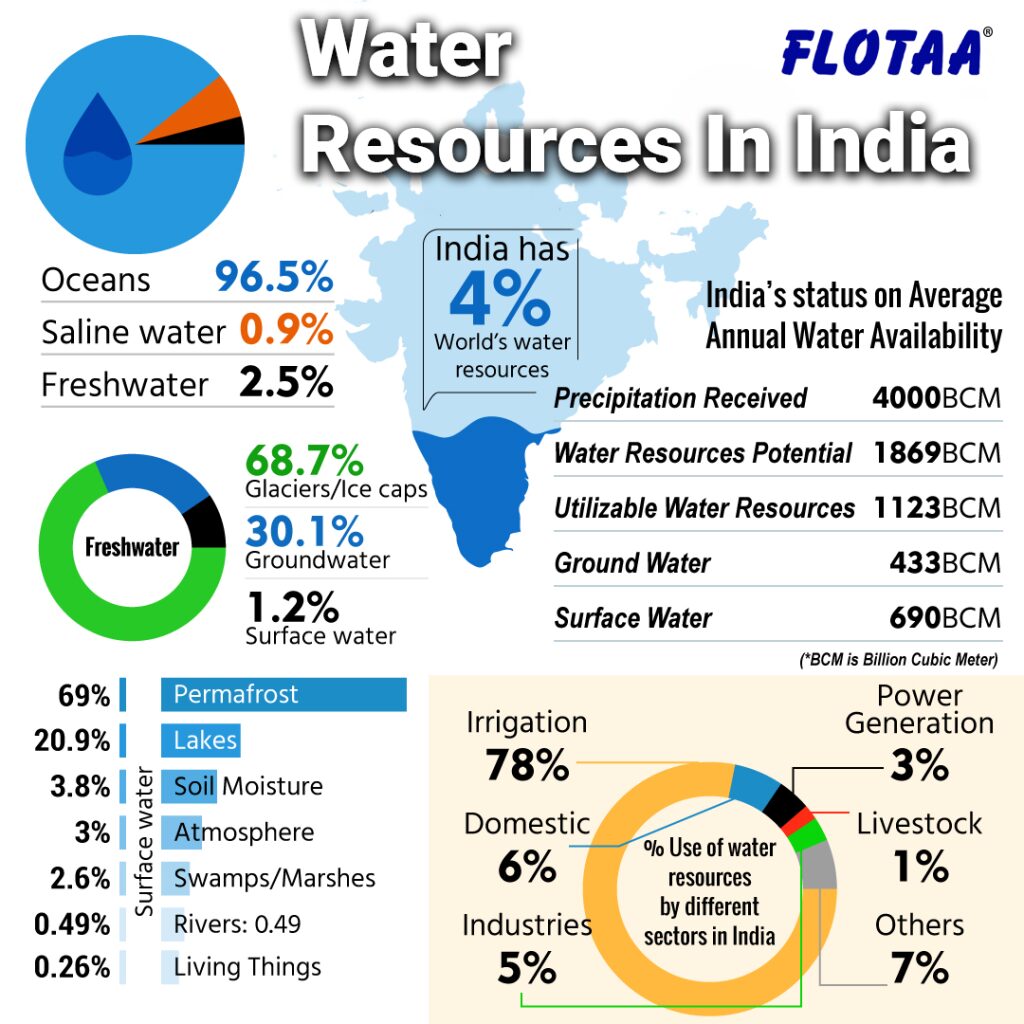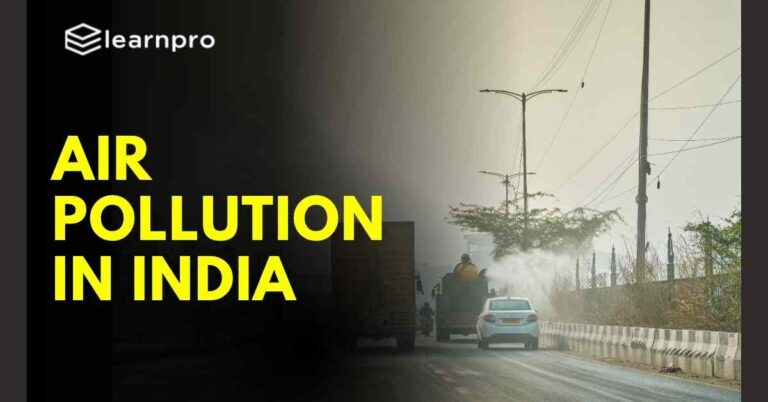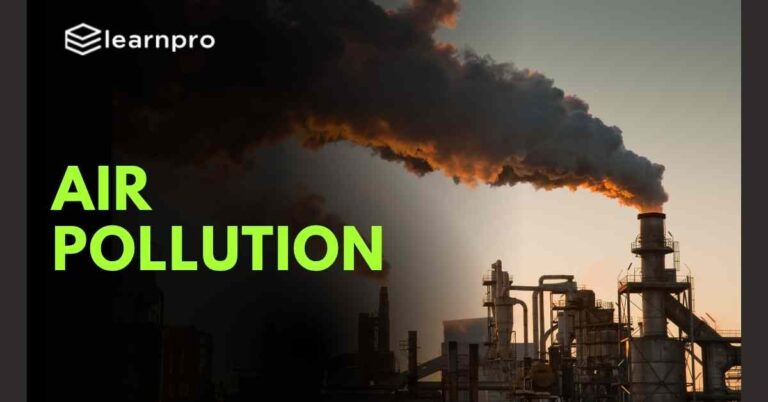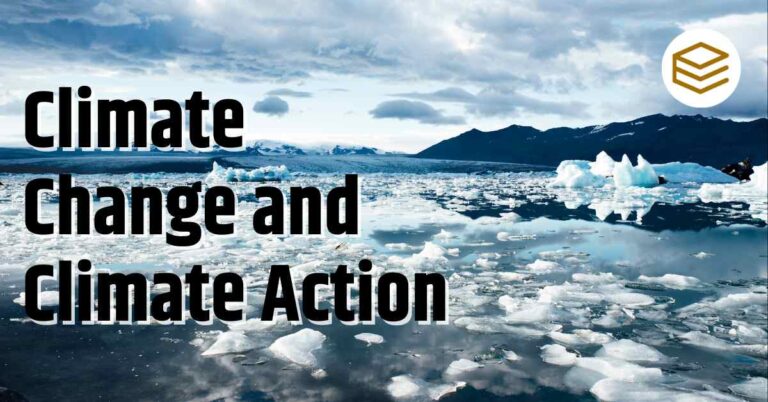October 24, 2025 7:25 pm
Introduction
Water security is crucial for India’s economic development, public health, and ecological balance. As the second most populous country, India faces a growing demand for water amid limited resources, mismanagement, and climate change. With 4% of the world’s freshwater resources but 17% of the global population, India is grappling with water scarcity, uneven distribution, and pollution, making water security a pressing issue.
What is Water Security?
Water security refers to ensuring sustainable access to adequate quantities of clean water for drinking, agriculture, industry, and ecosystem preservation. It encompasses:
- Availability: Adequate water supply for diverse needs.
- Quality: Clean and safe water free from pollutants.
- Sustainability: Long-term conservation and equitable distribution.
Importance of Water Security
- Supports agriculture, which uses 80% of India’s freshwater resources.
- Drives industrial growth and urban development.
- Mitigates risks of waterborne diseases and ensures public health.
- Maintains biodiversity and ecological balance.
Key Facts
- Total renewable water resources: 1,123 billion cubic meters (bcm) annually.
- Major rivers: Ganga, Brahmaputra, Godavari, Krishna, and Narmada.
- Groundwater dependency: ~60% of irrigation and 85% of drinking water needs are met by groundwater.

Water Usage in India
- Agriculture: Accounts for ~78% of water use, driven by irrigation-intensive crops like rice and sugarcane.
- Domestic Use: Rising demand due to urbanization and population growth.
- Industry: Industrial water use contributes to ~8%, with sectors like textiles, steel, and thermal power being major consumers.
1. Water Scarcity
- India’s per capita water availability dropped from 5,177 cubic meters (1951) to 1,544 cubic meters (2019), approaching the water-stressed threshold.
- Over-extraction of groundwater leads to aquifer depletion, particularly in states like Punjab and Haryana.
2. Uneven Distribution
- The Ganga-Brahmaputra basin accounts for 60% of surface water, but arid regions like Rajasthan and Gujarat face acute shortages.
- Seasonal and spatial variations in rainfall exacerbate regional disparities.
3. Pollution
- 70% of surface water is polluted by untreated sewage, industrial effluents, and agricultural runoff.
- Rivers like the Yamuna and Ganga face severe contamination, impacting health and livelihoods.
4. Climate Change
- Erratic monsoons, glacial melt, and rising temperatures disrupt water availability.
- Extreme weather events like droughts and floods are increasing in frequency and intensity.
5. Inefficient Water Management
- Poor irrigation practices like flood irrigation lead to wastage.
- Lack of metering and accountability in urban water supply systems.
6. Inter-State Water Disputes
- Conflicts over river water sharing, such as the Cauvery Water Dispute and the Krishna-Godavari Dispute, strain relations between states.
7. Urbanization and Industrialization
- Rapid urban growth outpaces infrastructure development, leading to water shortages and overexploitation of resources.
- Industries often withdraw water without adequate treatment or conservation measures.
1. Jal Shakti Abhiyan (2019)
- Focuses on water conservation, rainwater harvesting, and rejuvenation of traditional water bodies.
- Encourages local community participation in water management.
2. Atal Bhujal Yojana (ABY)
- Aims to improve groundwater management in 7 priority states, addressing aquifer depletion through community-led practices.
3. Namami Gange Programme
- A comprehensive river rejuvenation project for the Ganga, emphasizing pollution control, biodiversity conservation, and infrastructure development.
4. National Water Policy (2012)
- Advocates for integrated water resource management (IWRM), equitable distribution, and efficient use of water resources.
5. PM Krishi Sinchayee Yojana (PMKSY)
- Promotes efficient irrigation methods like drip and sprinkler systems under the ‘More Crop Per Drop’ initiative.
6. Swachh Bharat Mission (SBM)
- Focuses on sanitation and waste management to reduce contamination of water bodies.
7. Interlinking of Rivers
- Aims to transfer water from surplus basins to deficit regions through large-scale infrastructure projects.
8. Groundwater Regulation
- The Central Ground Water Authority (CGWA) monitors and regulates groundwater extraction.
1. Rajasthan’s Traditional Water Systems
- Revival of Johads (rainwater harvesting structures) by NGOs like Tarun Bharat Sangh has rejuvenated groundwater levels in arid regions.
2. Gujarat’s Water Conservation
- The Sujalam Sufalam Yojana focuses on water conservation, desilting of water bodies, and interlinking canals to improve irrigation.
3. Pune’s Wastewater Reuse
- Pune Municipal Corporation treats wastewater for industrial and non-potable uses, reducing pressure on freshwater sources.
4. Tamil Nadu’s Rainwater Harvesting
- Mandatory rainwater harvesting structures have significantly improved groundwater levels in urban areas like Chennai.
1. Geographic Information Systems (GIS)
- GIS tools are used for mapping water resources, monitoring usage, and planning infrastructure.
2. Smart Water Meters
- Digital meters help track consumption and minimize wastage in urban water supply systems.
3. Desalination Plants
- Coastal cities like Chennai have set up desalination plants to convert seawater into potable water.
4. Drip and Sprinkler Irrigation
- Efficient irrigation technologies reduce water usage in agriculture, particularly for water-intensive crops.
5. Artificial Intelligence (AI)
- AI-driven models predict water demand, optimize distribution, and improve efficiency in irrigation systems.
1. Strengthening Community Participation
- Engaging local communities in water conservation and governance ensures sustainable outcomes.
- Women’s self-help groups (SHGs) play a critical role in rural water management.
2. Promoting Efficient Irrigation
- Expanding micro-irrigation systems can save up to 40% of water in agriculture.
- Crop diversification to less water-intensive crops like millets can reduce dependency on irrigation.
3. Urban Water Resilience
- Recycling wastewater for industrial and landscaping uses can ease the demand on freshwater resources.
- Rainwater harvesting in urban areas can supplement municipal water supplies.
4. River Rejuvenation
- Projects focusing on pollution control, riparian zone restoration, and natural flow management can revitalize India’s rivers.
5. Incentivizing Water Efficiency
- Subsidies for water-efficient appliances and penalties for overuse can encourage conservation in urban households.
6. Public-Private Partnerships (PPPs)
- Collaborations with private players can bring innovation, investment, and efficiency to water management projects.
1. Lack of Coordination
- Fragmentation between central, state, and local authorities hampers integrated water resource management.
2. Insufficient Data
- Reliable data on water availability, usage, and pollution levels is critical for planning but often lacking.
3. Financial Constraints
- Large-scale projects like river interlinking require substantial funding, which poses a challenge.
4. Resistance to Reforms
- Traditional practices and lack of awareness hinder the adoption of efficient water management techniques.
1. Integrated Water Resource Management (IWRM)
- Adopting a holistic approach to manage surface water, groundwater, and wastewater together.
2. Strengthening Legal Frameworks
- Updating and enforcing water laws to regulate usage, pollution, and distribution.
3. Enhancing Water Literacy
- Educating communities about water conservation, pollution prevention, and sustainable practices.
4. Climate-Resilient Infrastructure
- Building dams, reservoirs, and flood barriers to withstand extreme weather events.
5. Focused Research and Development
- Investing in R&D for advanced desalination, water recycling, and purification technologies.
Conclusion
India’s water security is at a critical juncture, requiring immediate action to address scarcity, pollution, and inefficiency. By leveraging technology, engaging communities, and implementing robust policies, India can ensure sustainable and equitable water management. Water security is not just a developmental goal but a necessity for the survival and prosperity of future generations.
Useful Links >>
UPSC Mains Syllabus – General Studies-I: This post provides a detailed breakdown of the General Studies-I syllabus, covering Indian Heritage and Culture, History, and Geography of the World and Society.
Complete Notes of History for UPSC: A comprehensive collection of history notes tailored for UPSC aspirants, encompassing ancient, medieval, and modern Indian history.
UPSC CSE Exam 2025: An Insight: Gain insights into the UPSC Civil Services Examination for 2025, including important dates, exam patterns, and preparation strategies.
Important Books for UPSC Exams: A curated list of essential books recommended for various subjects in the UPSC examination, aiding in effective study planning.
UPSC Prelims Syllabus: An in-depth overview of the UPSC Preliminary Examination syllabus, helping candidates understand the topics to focus on during their preparation.






[…] Water Security in India: Challenges and Solutions […]